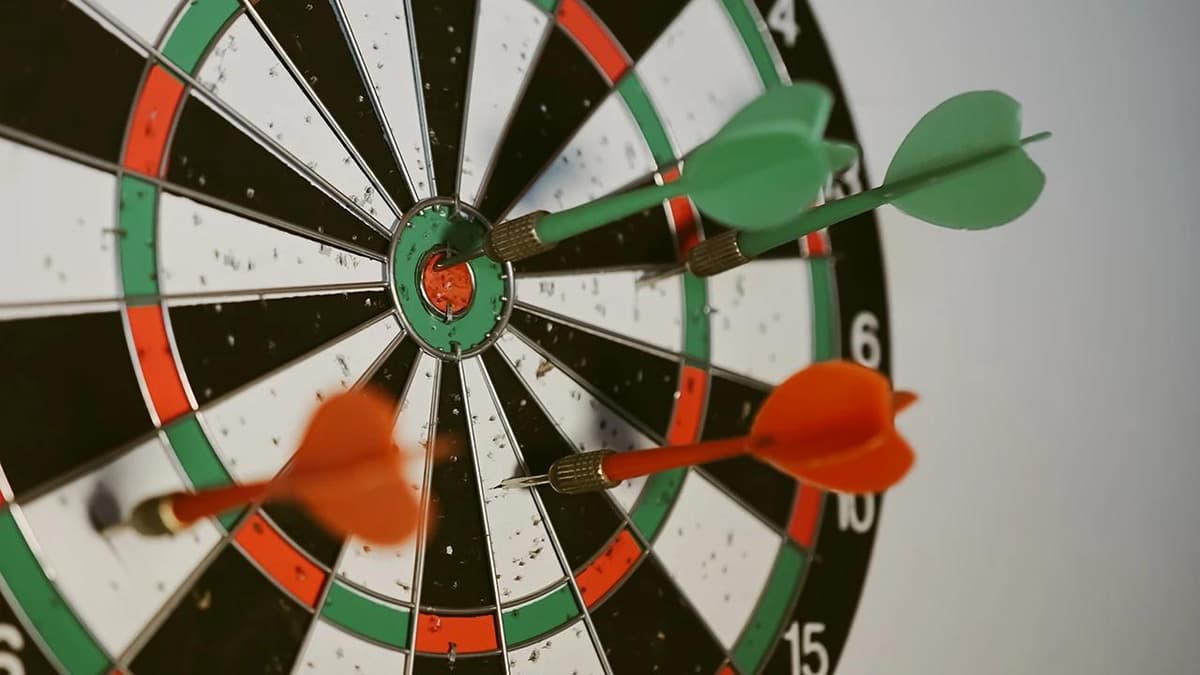How Do You Say "Spanish" in Spanish?
When learning a new language, one of the first things you may ask is, "How do you say this in the language I’m learning?" For those interested in the Spanish language, the answer is simple: "Spanish" is translated to "español" in Spanish.
What is "Español"?
The word "español" refers not only to the Spanish language itself but also to anything related to Spain. It can denote the culture, people, and heritage tied to the country. Interestingly, while "español" is predominantly associated with the language spoken in Spain and much of Latin America, it is important to note that "castellano" is another term used, especially in some regions. "Castellano" literally translates to "Castilian," which is related to the historical region of Castile in Spain where the language originated.
Usage of "Español" vs. "Castellano"
While "español" is commonly accepted across the Spanish-speaking world, "castellano" is frequently used in certain contexts, particularly in countries like Argentina or Mexico. This distinction is important to some Spanish speakers, who want to reflect their regional identity. For example, in educational settings, you might hear people say, "Estamos aprendiendo castellano" (We are learning Castilian), emphasizing the variety of Spanish spoken in their area.
Learning Spanish
If you're just starting your journey into learning Spanish, here are a few tips to make the process smoother:
-
Practice Regularly: Consistency is key when learning any language. Set aside time each day to practice speaking, listening, and writing in Spanish.
-
Use Language Apps: There are many apps designed to help you learn Spanish, such as Duolingo or Babbel. These can provide structured lessons and interactive activities that make learning fun.
-
Immerse Yourself: Watch Spanish movies or television shows with subtitles. Listening to Spanish music can also help you get accustomed to the sound of the language.
-
Join a Class: Consider attending a Spanish class or a language exchange program. Speaking with others will boost your confidence and improve your speaking skills.
-
Read in Spanish: Start with children's books or simple articles. This will help you learn vocabulary in context and understand grammar structure better.
Cultural Significance
Speaking Spanish opens doors to a rich cultural history. Spanish-speaking countries offer diverse traditions, cuisines, and customs. Engaging with the language gives you access to literature, music, and art from a variety of Spanish-speaking cultures.
For those eager to learn more about the Spanish language, there are plenty of resources available online or in your local library. From learning the basics to exploring advanced topics, the journey to mastering "español" is fulfilling and exciting.












